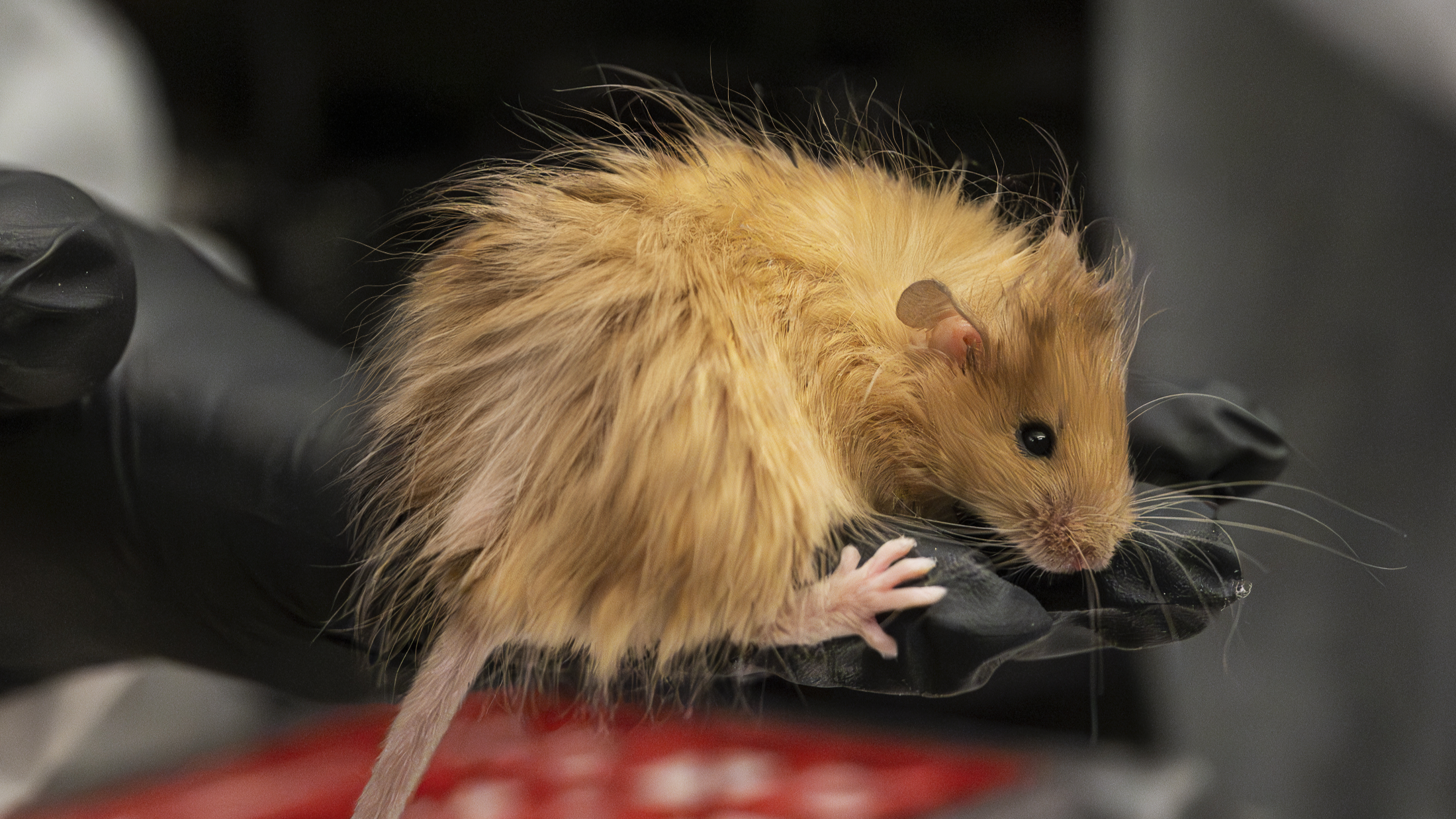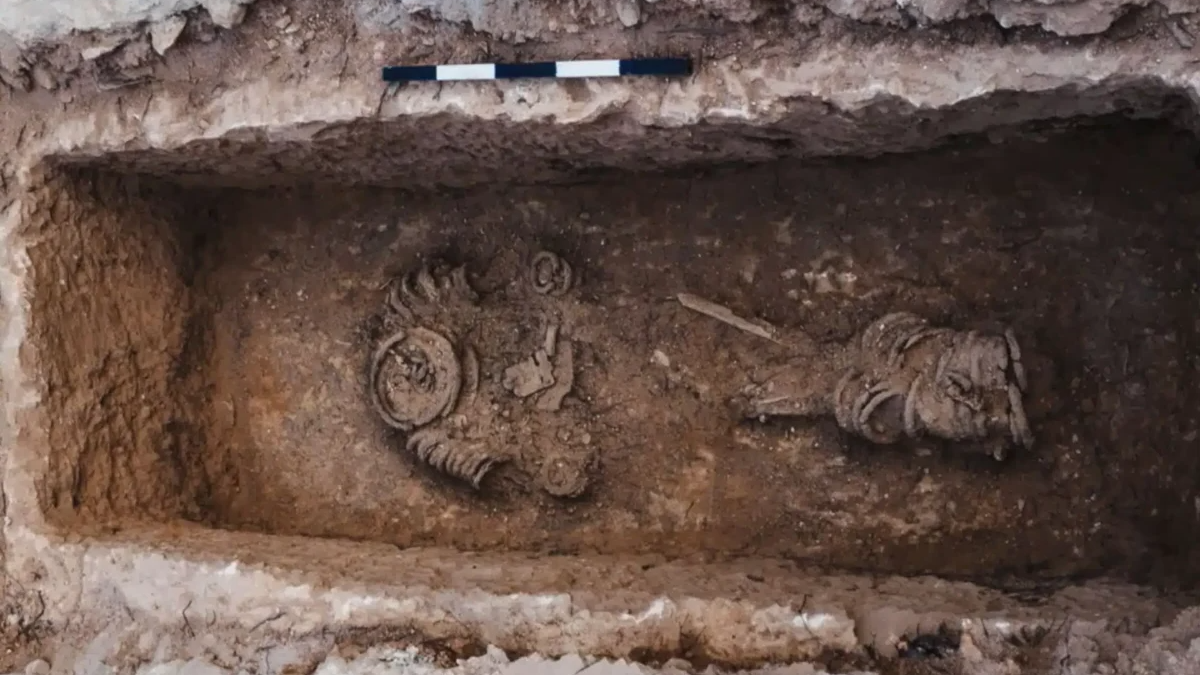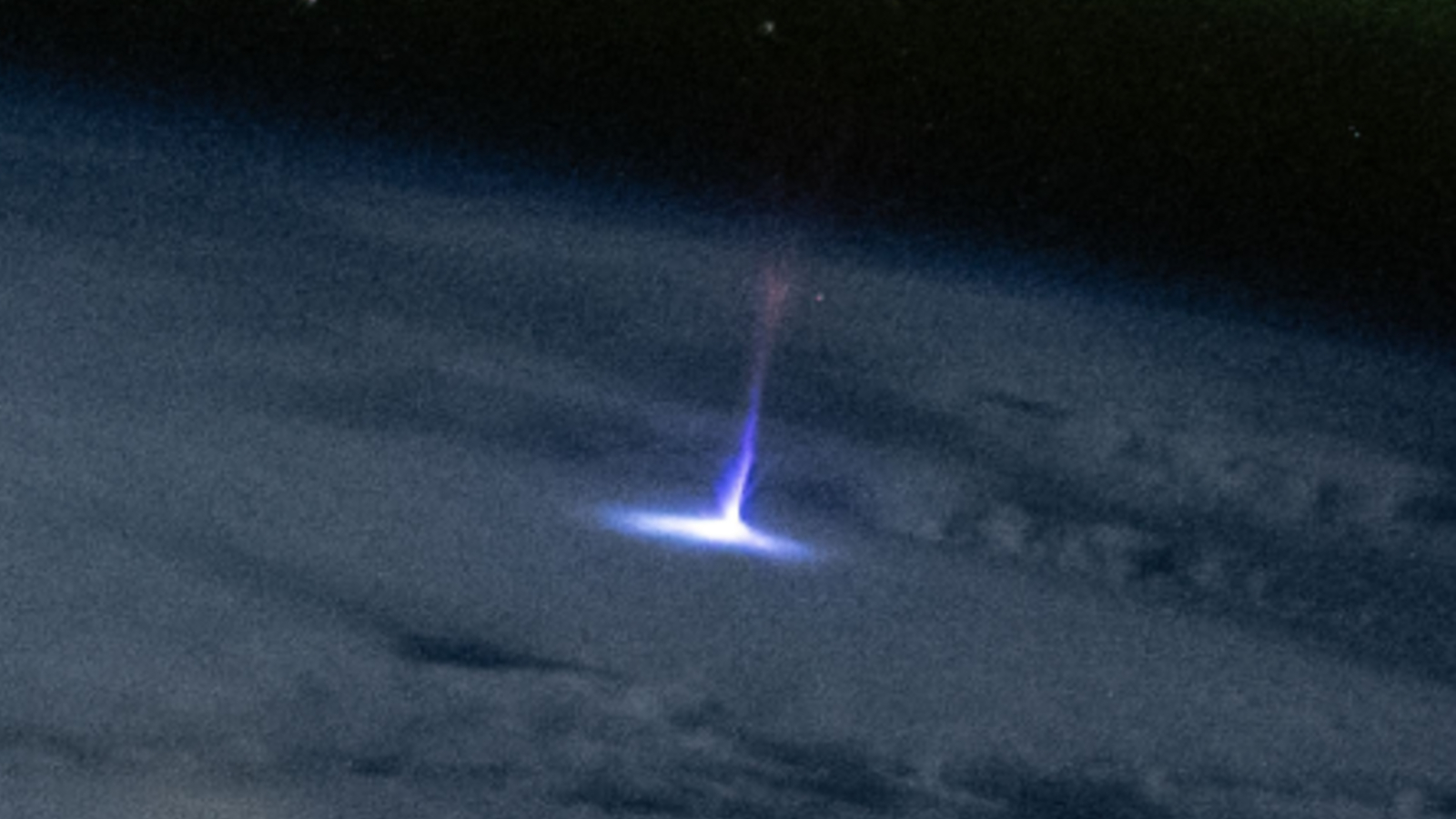Einstein’s equations might need a rewrite — that is, if we want to explain how the insides of black holes work.
Einstein’s theory of general relativity describes the relationship between space-time and matter. It successfully explains the structure of neutron stars, the formation of black holes and the evolution of our universe.
But there is one problem — general relativity predicts a singularity, or a point of infinite density at the heart of a black hole where space-time and matter are crushed and stretched into non-existence. A space where nothing exists but that everything falls toward: a paradox.
However, by making a few tweaks to Einstein’s famous equations, physicists may have figured out a solution to this paradox while also offering new insights into what happens inside black holes.
Einstein hasn’t done too badly from this week’s science news, though. Another prediction of general relativity is that the “memory” of ancient cosmological events, like the merging of two black holes, might be etched into the fabric of space-time by gravitational waves.
This prediction of gravitational memory has intrigued physicists for decades, but finding evidence of it has so far remained elusive. Now, researchers have suggested that cosmic background radiation — or microwave radiation left over from the Big Bang — might carry the signatures of these historical events and reveal new insights into these gravitational fingerprints.
And speaking of historical — albeit at a much shorter time-scale — scientists have made a major breakthrough in their quest to “resurrect” the long lost woolly mammoth…
“Woolly mice”

This week, biotechnology company Colossal Biosciences revealed the latest milestone in their mission to “de-extinct” woolly mammoths — genetically engineered “woolly mice.”
To “resurrect” these ancient beasts, the company hopes to genetically engineer the mammoth’s closest living relatives — Asian elephants — such that they develop shaggy hair and other woolly mammoth traits to help them to survive in extremely cold environments. However, elephants take a very long time to grow. Therefore, Colossal has tested their tools in an animal that breeds much more quickly and is much easier to keep: mice.
To create the fluffy rodents, the team used CRISPR gene editing technology to tweak six mouse genes involved in fur texture, length and color and one gene involved in fat metabolism and absorption, which is important for staying warm in freezing weather.
Poll: Should we bring back woolly mammoths?
Discover more animal news
—125 million-year-old fossil of giant venomous scorpion that lived alongside dinosaurs discovered in China
—Golden scaleless cave fish discovered in China shows evolution in action
—Animal kingdom’s most powerful puncher generates a ‘phononic shield’ to protect itself
Life’s Little Mysteries

Our species has colonized every continent except Antarctica. But when did we arrive in each one?
Most scientists agree that Homo sapiens emerged in Africa at least 300,000 years ago. In that time, we have spread across the globe — and now scientists are finally figuring out when we pulled this off.
Skeleton in chains

While excavating a series of crypts not far from Jerusalem, archaeologists stumbled upon a surprising discovery: a fifth-century burial of a person wrapped in heavy metal chains.
This wasn’t entirely unheard of at the time: Toward the end of the fourth century A.D., after Christianity became the main religion of the Roman Empire, monasteries began to pop up everywhere. In their pursuit of physical purity, monks would abstain from worldly pleasures through practices of asceticism. One such practice involved living at the top of a pillar while preaching and praying, often clad in heavy chains.
However, what was surprising about this burial was that the enchained body belonged to a biological female.
Discover more archaeology news
—Scientists realize ‘Viking’ shipwreck is something else entirely
—2,400-year-old puppets with ‘dramatic facial expression’ discovered atop pyramid in El Salvador
—Ancient Egyptian city of Alexandria — the birthplace of Cleopatra — is crumbling into the sea at an unprecedented rate
Also in science news this week
—Brain damage reported in 13% of kids who have died of flu this season, CDC finds
—Sunrise on the moon captured by Blue Ghost spacecraft after NASA and Firefly Aerospace announce successful lunar landing
—Italy’s Campi Flegrei volcano may unleash devastating eruptions more often than we thought, ancient outburst suggests
—’Primordial’ helium from the birth of the solar system may be stuck in Earth’s core
Science Spotlight

If you were to look at a male and female brain in the flesh, would you know which is which?
You wouldn’t. However, there are many different disorders of the brain — from psychiatric problems to neurodevelopmental disease — that are expressed in different ways and at different frequencies between the sexes.
Now, thanks in part to AI, scientists are starting to unpick the subtle differences in cellular structures and neural circuitry that reliably distinguish the male and female brain. Whether these differences matter is still unclear, though.
Something for the weekend
If you’re looking for something a little longer to read over the weekend, here are some of the best long reads, book excerpts and interviews published this week.
—‘This is by far the oldest’: Scientists discover 3.47 billion-year-old meteorite impact crater in Australian outback
—‘This doesn’t appear in computer simulations’: Hubble maps chaotic history of Andromeda galaxy, and it’s nothing like scientists expected
—If life can exist in your stomach, it can exist on Mars. Here’s what it might look like.
And something for the sky watchers
—Where will the ‘Blood Moon’ total lunar eclipse be visible in March 2025?
Science in pictures

Have you ever wondered what lightning looks like from space? Well, an astronaut on the International Space Station (ISS) has done us all a favor.
In a spectacular photo above the U.S., an unnamed astronaut captured an upward-shooting “gigantic jet” of lightning, extending at least 50 miles (80 kilometers) into the air.
The exact location of the jet is unclear because the Earth’s surface is concealed by thunderclouds, but based on the position of the ISS at the time, the jet likely occurred just off the coast of New Orleans.
Want more science news? Follow our Live Science WhatsApp Channel for the latest discoveries as they happen. It’s the best way to get our expert reporting on the go, but if you don’t use WhatsApp we’re also on Facebook, X (formerly Twitter), Flipboard, Instagram, TikTok, Bluesky and LinkedIn.
